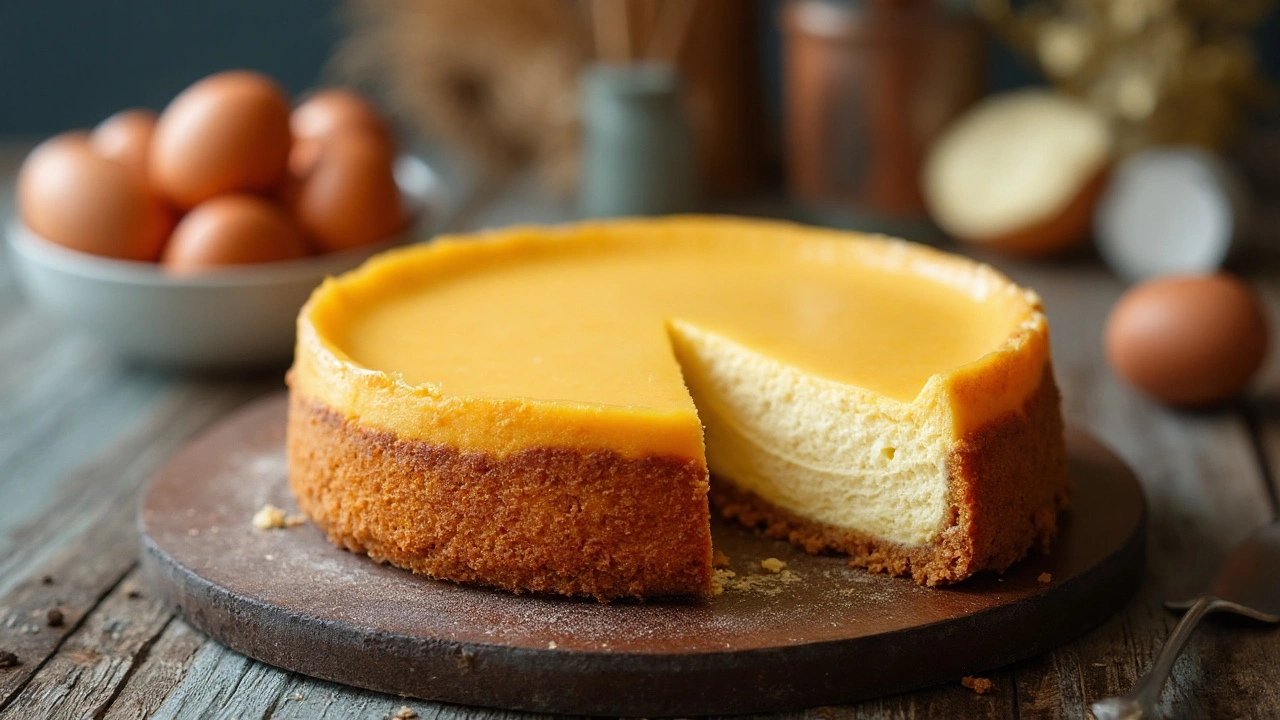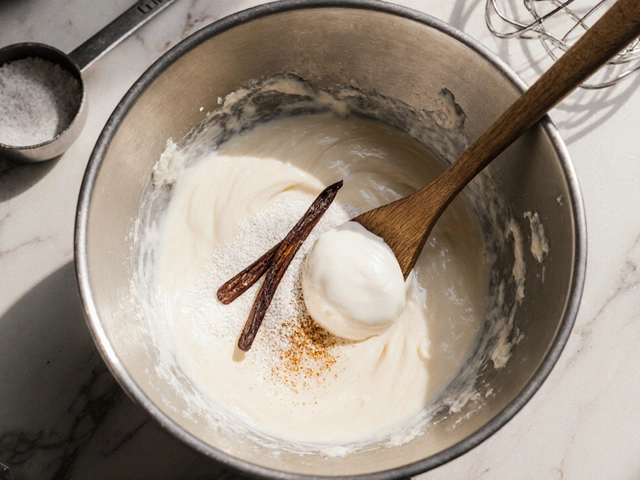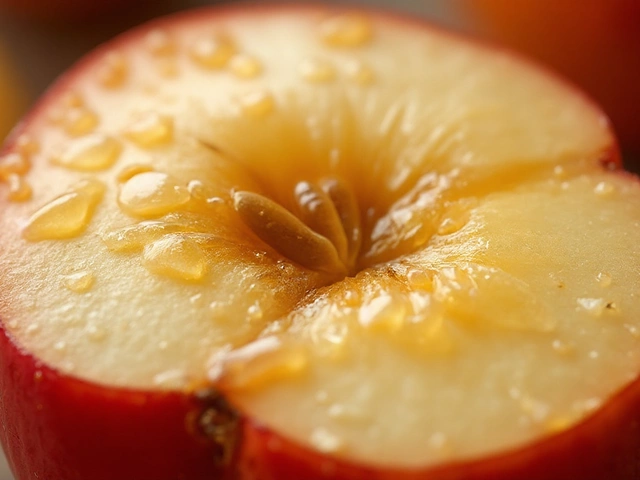Egg Substitute in Cheesecake: Simple Swaps for a Creamy, Egg‑Free Slice
If you’ve ever wanted a cheesecake but can’t use eggs, you’re not alone. Eggs give cheesecake its smooth texture and help it set, but a handful of pantry staples can do the same job without the animal ingredient. Below you’ll find the most reliable egg replacements, how much to use, and quick tricks to keep your cheesecake rich and firm.
Why eggs matter in cheesecake
In a classic cheesecake, eggs act like a natural binder and a gentle thickener. When you whisk them into the cream cheese mixture and bake, the proteins coagulate and lock everything together. That’s why a cheesecake without eggs can turn out runny or grainy if you don’t choose the right substitute. The goal is to find something that will set the filling while staying soft and buttery.
Best egg substitutes and how to use them
1. Silken tofu – Blend 1/4 cup of silken tofu for each egg you skip. The tofu adds body without a strong flavor, and it blends into a silky texture that mimics the custard feel. Make sure to puree it until it’s completely smooth, or you’ll get little pockets in the final cake.
2. Greek yogurt – Use 1/4 cup of plain Greek yogurt per egg. Yogurt brings a mild tang that actually enhances the cheesecake’s flavor. Choose full‑fat varieties for the richest bite.
3. Coconut cream – For a dairy‑free option, swap one egg with 1/4 cup of thick coconut cream. It adds a subtle coconut note and a lot of fat, which helps the filling stay creamy.
4. Cornstarch slurry – Mix 1 tablespoon cornstarch with 2 tablespoons water for each egg. This combo works best when you also add a little extra acid (like a splash of lemon juice) to keep the texture from getting glue‑y.
5. Commercial egg replacer – Brands like Ener-G or Bob’s Red Mill have a powder you mix with water (usually 1 tsp powder + 2 tbsp water per egg). They’re designed to mimic egg protein, so they give a reliable set.
Whichever substitute you pick, add it to the cream cheese blend after the sugar and vanilla are fully incorporated. Beat just until smooth – over‑mixing can trap air and make the cheesecake rise too much in the oven.
Here’s a quick cheat‑sheet to remember the ratios:
- Silken tofu – 1/4 cup per egg
- Greek yogurt – 1/4 cup per egg
- Coconut cream – 1/4 cup per egg
- Cornstarch slurry – 1 Tbsp + 2 Tbsp water per egg
- Commercial powder – per package instructions
After you’ve mixed in the substitute, pour the batter into a pre‑baked crust (graham cracker or digestive biscuit works well) and bake at 300 °F (150 °C) for about 45–55 minutes. The edges should look set while the center still has a slight jiggle; it will firm up as it cools.
Let the cheesecake cool in the oven with the door ajar for 30 minutes, then move it to the fridge for at least 4 hours. This gradual cooling prevents cracks, which are a common problem when the filling sets too quickly.
Finally, taste test! Egg‑free cheesecakes often have a slightly lighter texture, but they’re just as indulgent. Top with fresh berries, a drizzle of chocolate, or a pinch of sea salt for extra flavor. With these swaps, you can enjoy a classic dessert that fits any diet without sacrificing the creaminess you love.

What Happens If You Skip Egg in Cheesecake? Tips for Perfect Eggless Cheesecake
Thinking of skipping the egg in your cheesecake recipe? Learn why eggs matter and how your dessert will change if you leave them out—plus easy fixes.
View More




